Back in the seventeenth and eighteenth centuries, Britain was at the forefront of the science and engineering of watchmaking and the measurement of time.
But despite making half of the world’s watches in 1800, the British industry failed to keep pace with mass manufacturing in Switzerland and the US, falling into a decline from which it never recovered.
Fast forward two centuries though, and a small British company is attempting to bring watchmaking back to these shores.
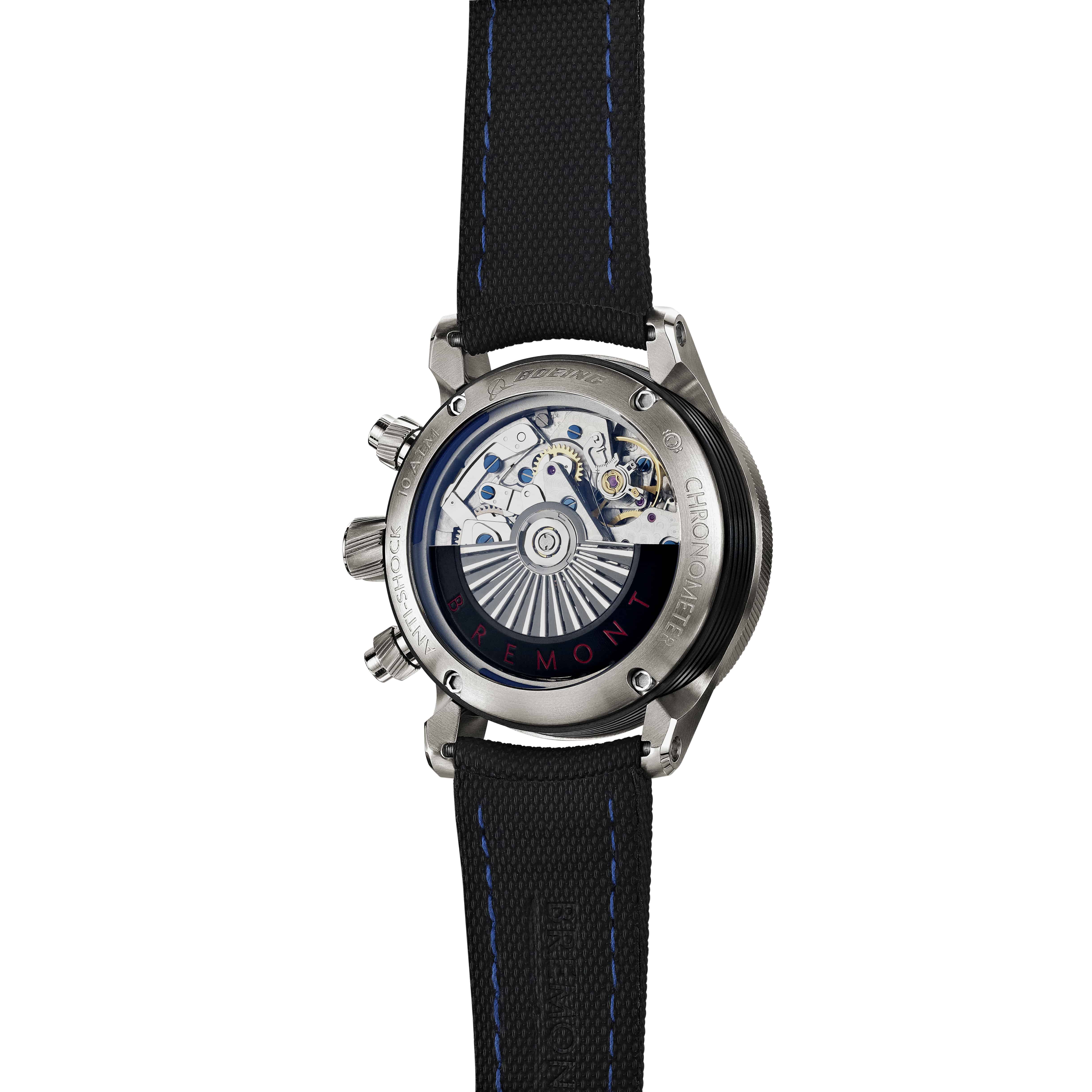
The Bremont Watch Company, based in Henley-on-Thames, was founded in 2002 by brothers Nick and Giles English.
Having begun life as a small workshop in Switzerland, the company now has a headquarters and assembly workshop at Henley, and a parts manufacturing facility at Silverstone, and employs over 25 watchmakers.
As well as its consumer ranges, Bremont supplies watches for military squadrons such as the Royal Navy Clearance Divers, the 9th Reconnaissance Wing, and the US Navy Test Pilot School.
Costing upwards of two thousand pounds each, the watches are not what you might call cheap. But they have all been designed and engineered to be 99.998 per cent accurate, and meet the rigorous chronometer certification requirements of the COSC (Controle Officiel Suisse des Chronometres).
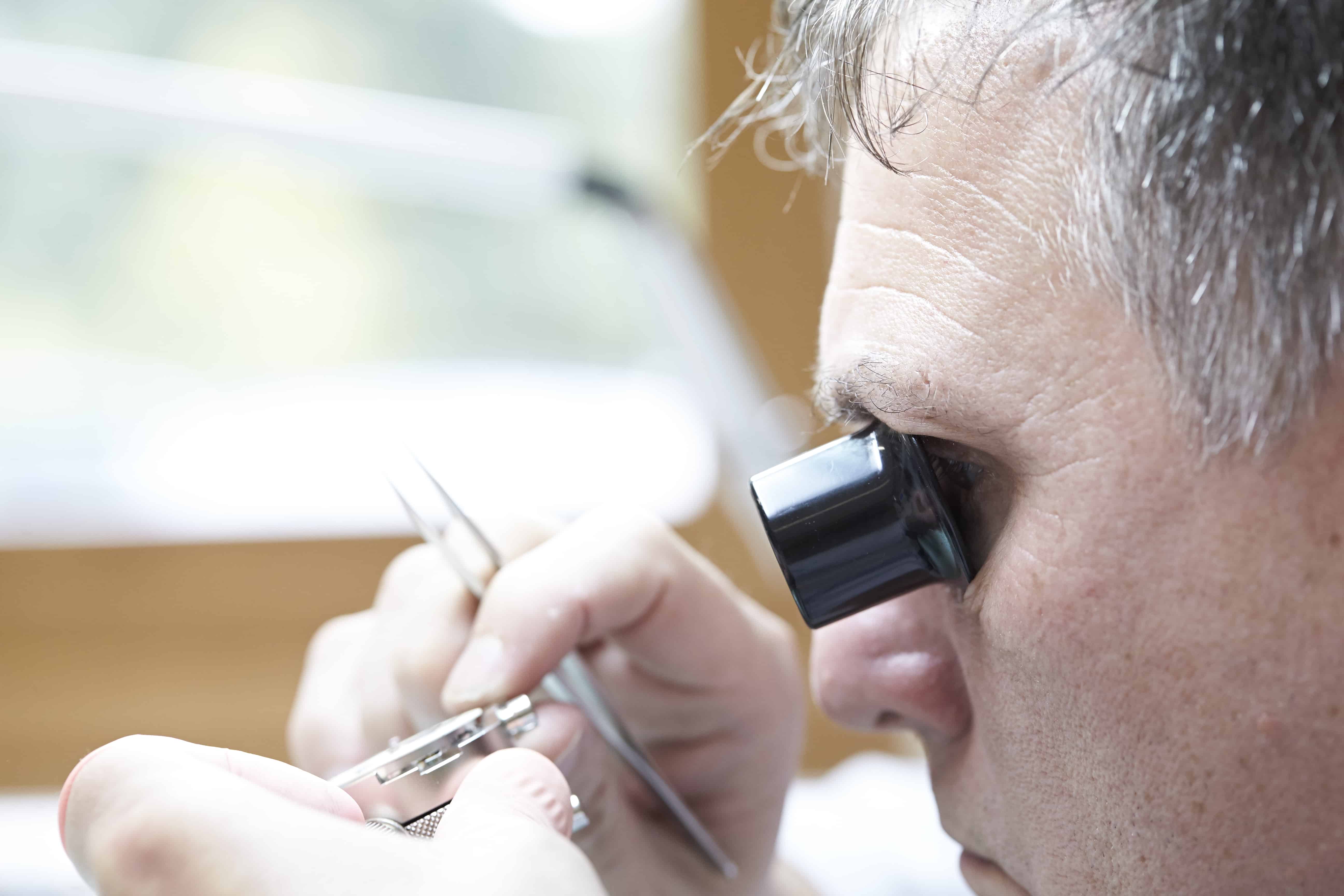
To ensure the cases are tough and scratch resistant, each is subject to a hardening technology in which the metal is heat-treated and diffused with carbon, and then bombarded with electrons. This results in a case seven times harder than the stainless steel used in conventional watches, the company claims.
To protect against the impact of magnetic fields, many of Bremont’s watches are also fitted with a soft-iron Faraday cage, encasing the movement itself. This routes any harmful magnetic fields safely around the movement.
This focus on engineering and technology reflects the heritage of watchmaking in the UK, according to Nick English, co-founder of Bremont Watch Company. “Wearing a British watch used to be a real sign of wealth, like turning up to a party in an Aston Martin,” he said. “They were beautifully engineered watches.”
The company aims to engineer watches of the same quality as these eighteenth century time-pieces, but produced using modern manufacturing technology, rather than by hand.
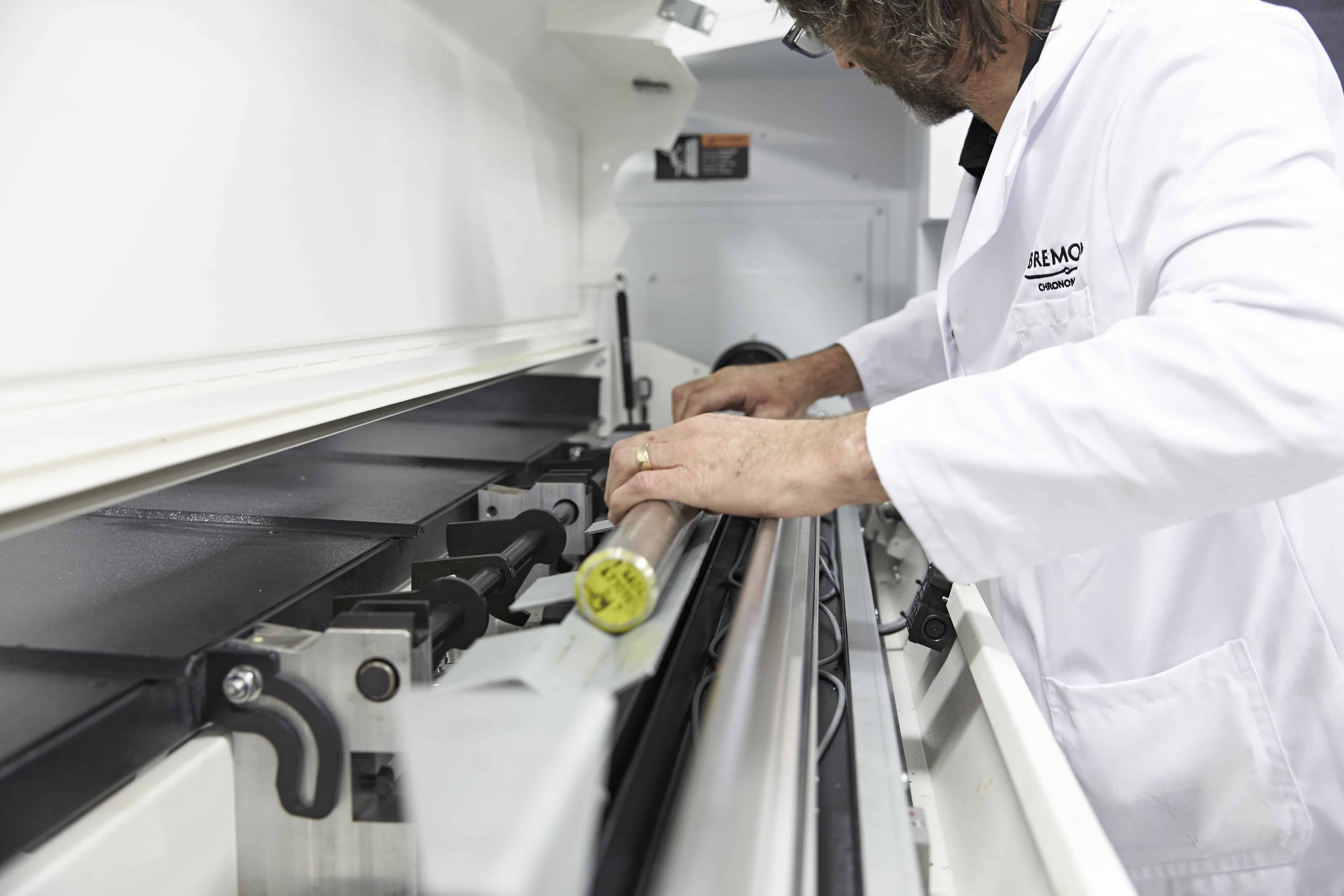
“That engineering side has always been key for us, because it is a very congested market, so the quality has to be good or you’ll never be taken seriously,” said English.
Growing up, the two brothers had always enjoyed tinkering with mechanical devices such as cars, aircraft and clocks, alongside their father, Dr Euan English, an ex-RAF pilot. They also took part in air displays together.
But in 1995, when Nick English and his father were flying a WWII Harvard aircraft in practice for one such air display, they were involved in a serious accident. Euan English died, while Nick English broke over 30 bones.
Six months after the accident, Nick English discharged himself from hospital, and the brothers decided that life was too short to remain in their corporate finance jobs in the city. Instead, they decided to pursue their passion for making mechanical watches.
“So in 2002 we went over to Switzerland and set up a little workshop, to try to understand the workings of the Swiss supply chain and manufacturing and design process, with the aim of trying to bring as much of the process as we could back to the UK,” said English.
After five years of “tinkering”, the company launched its first watch in 2007.
Initially, the watch cases were built in Switzerland and then hardened in the UK. Today, however, all of the cases and a number of the watch movement parts are made at the company’s Silverstone facility.
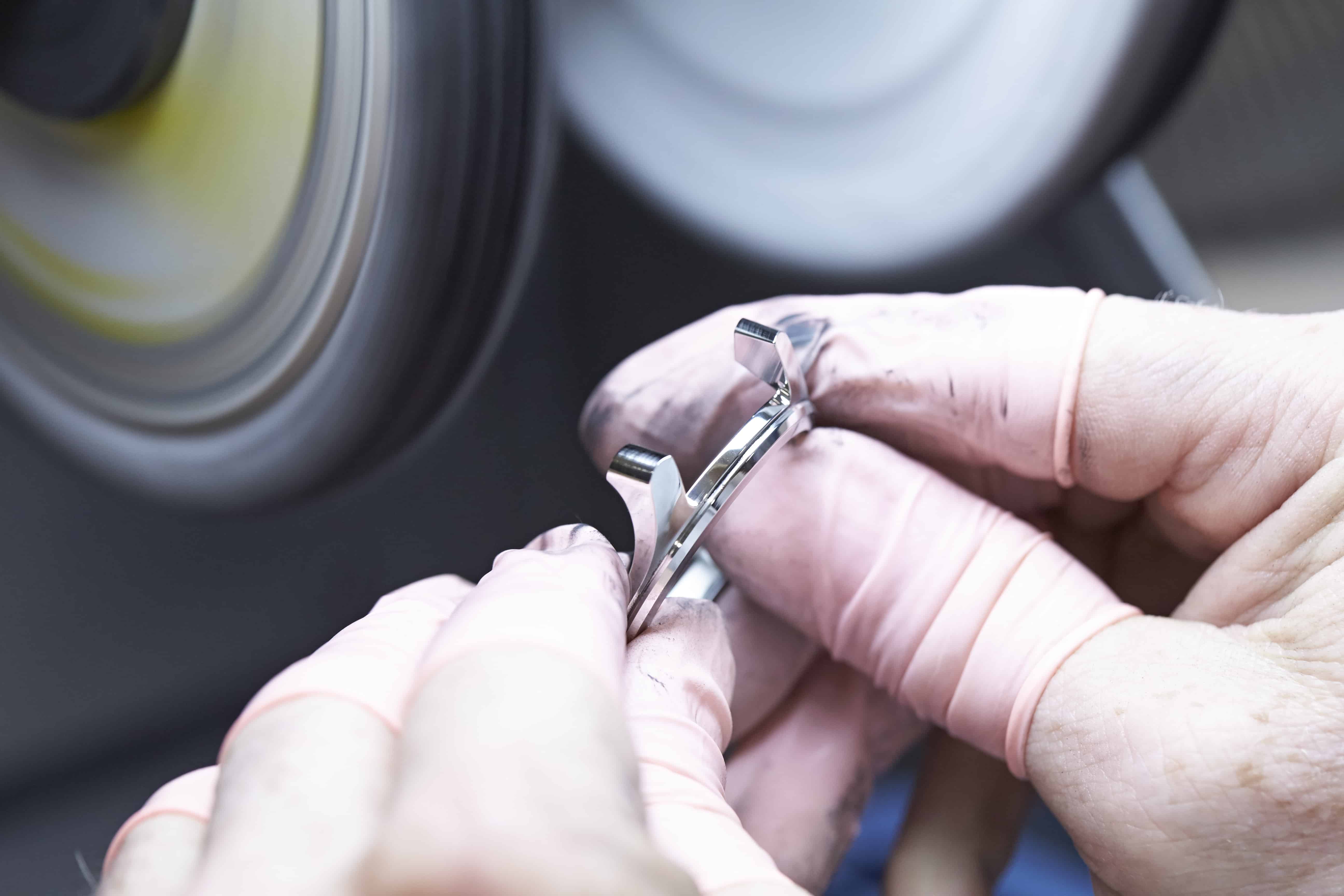
“Now, if you go to Silverstone, you’ll see a bar of metal going in, and a finished case coming out the other side, and then hand polished,” said English.
The company currently machines the cases directly from metal bars produced in Scandinavia, due to their high purity and grain structure, which reduces the need for post processing. This is likely to change as Bremont’s production capacity increases though, when the company expects to move on to the use of pre-sized and heat treated blanks, to reduce manufacturing times.
Manufacturing the high-end cases is a complex process, so the company has been working closely with machine tool specialists DMG Mori on its CNC milling equipment. Using a DMG Mori Mill/Turn NTX machine, which has precision control and a high capacity tool storage system to allow for quick transfer between different case designs, the company is able to produce a fully machined case in a single load with no operator intervention, according to Steven Green, operations manager at Bremont.
“Bremont has undertaken a steep learning curve with respect to machining and finishing a product that is not mass produced within the UK, and is even limited to some key producers within Europe and the rest of the world,” he said. “Work holding, tool wear, swarf management; these are all minor issues individually but all play significant roles when starting to produce cases from scratch, with no previous knowledge apart from the experience of our staff and the support offered by our machine tool partners.”
Once through the milling stage, the cases go through specialist machines designed specifically for the company, such as an automated finishing machine built in Switzerland. This gives the cases a brushed, or satin, finish. It is also used on cases that ultimately require a polished finish, to prepare them for final polishing by hand, said Green.
“Cases that require the standard Bremont satin finish only need a small manual pre-operation to prepare them before the machine (processes) them to the required finish using a series of grinding wheels and belts,” he said. “A high-speed air-driven drilling head is then used to produce the strap fitting holes,” he said.
Polished cases, in contrast, undergo two satin and four manual polishing operations to produce the finished article.
The watch cases are all laser engraved with their batch number, and pass through a multi-stage ultrasonic wash operation to remove any residue from previous machining operations that might produce defects when they go through their final polish.
Finally, all the cases are inspected by an internal quality control team before and after they are coated with the hardening surface treatment to improve their scratch and damage resistance.
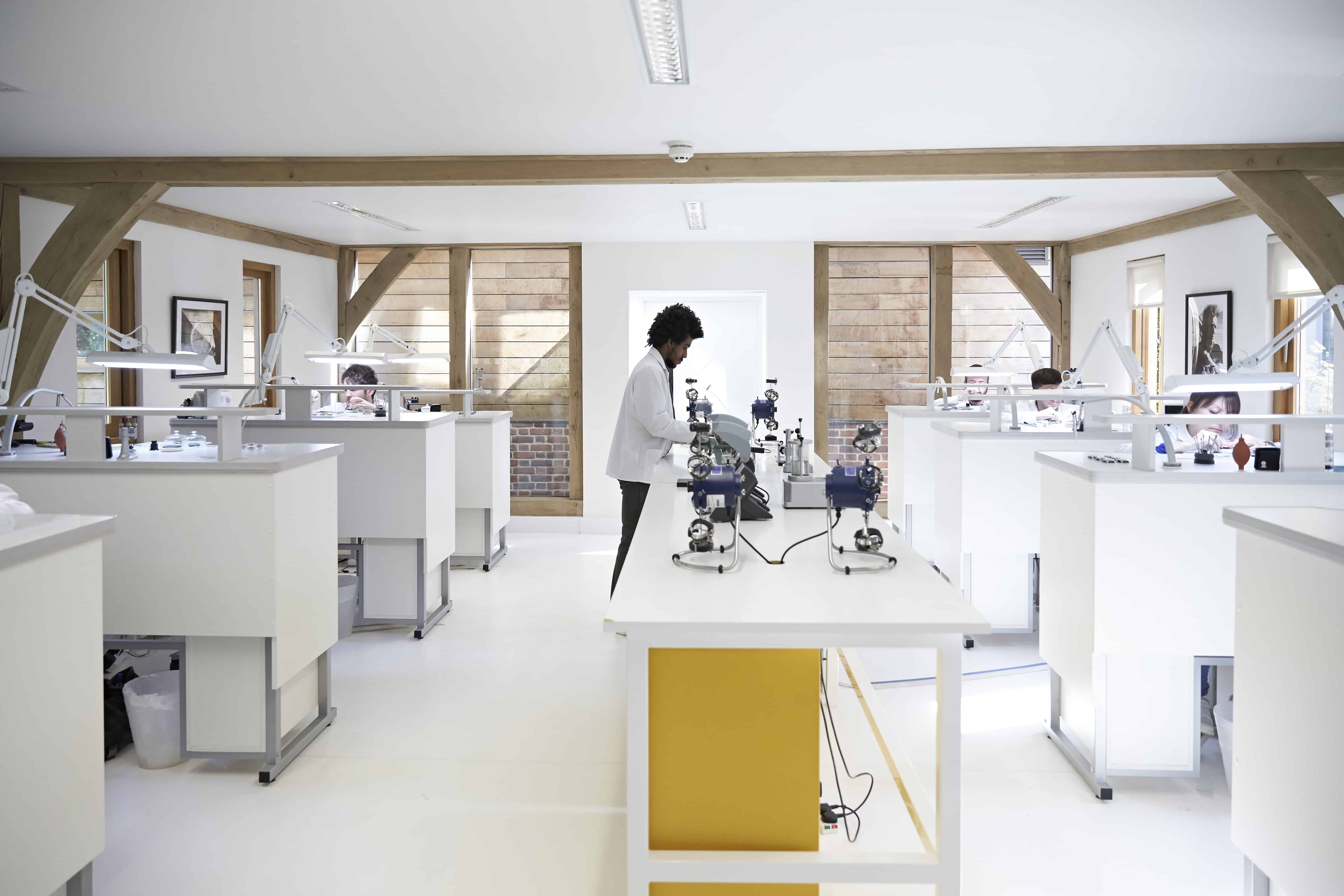
The movement used in Bremont’s watches was designed to the company’s requirements in collaboration with Swiss company La Joux-Perret. From this design, the company is now beginning to manufacture some of the movement parts, such as the bridges and base plates, at Silverstone, said English.
“It is like a learning and prototyping stage, as our first step towards manufacturing movement parts in the UK,” he said.
Through its partnership with Boeing, Bremont is also working with the Advanced Manufacturing Research Centre at Sheffield University, in order to harness their expertise in materials and machining technologies.
As part of this collaboration, the company has been exploring ways to minimise machining times on cases and other parts with AMRC researchers, as well as investigating gear ratios and the use of different types of steel.
For the past few years, Bremont has also been working on a wholly new movement design, which it hopes to complete in 2016.
Ultimately, Bremont hopes to be able to manufacture all of the parts for this new movement in the UK, although this is likely to take some time to achieve, according to English.
“Designing a new movement is like designing a new car engine, it is phenomenally difficult and expensive,” he said. “People are fairly unforgiving, you can’t have a movement that roughly works, it has got to work beautifully.”
If successful though, the company will truly be able to say it has brought watchmaking in its entirety home to the UK.




Red Bull makes hydrogen fuel cell play with AVL
Formula 1 is an anachronistic anomaly where its only cutting edge is in engine development. The rules prohibit any real innovation and there would be...